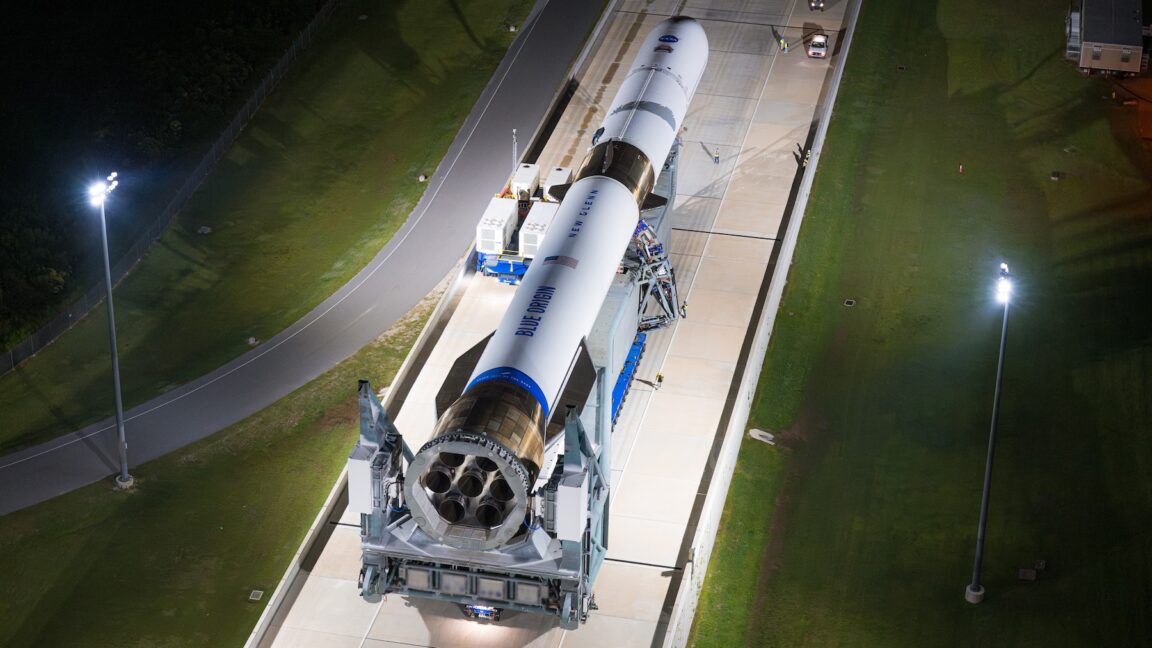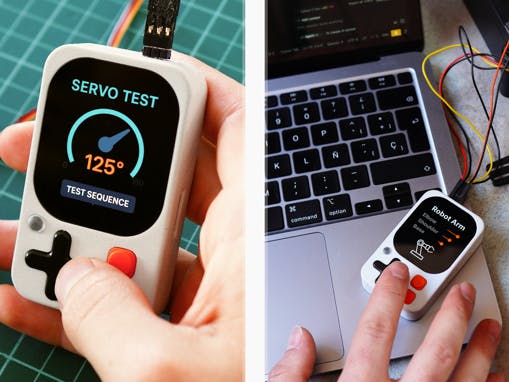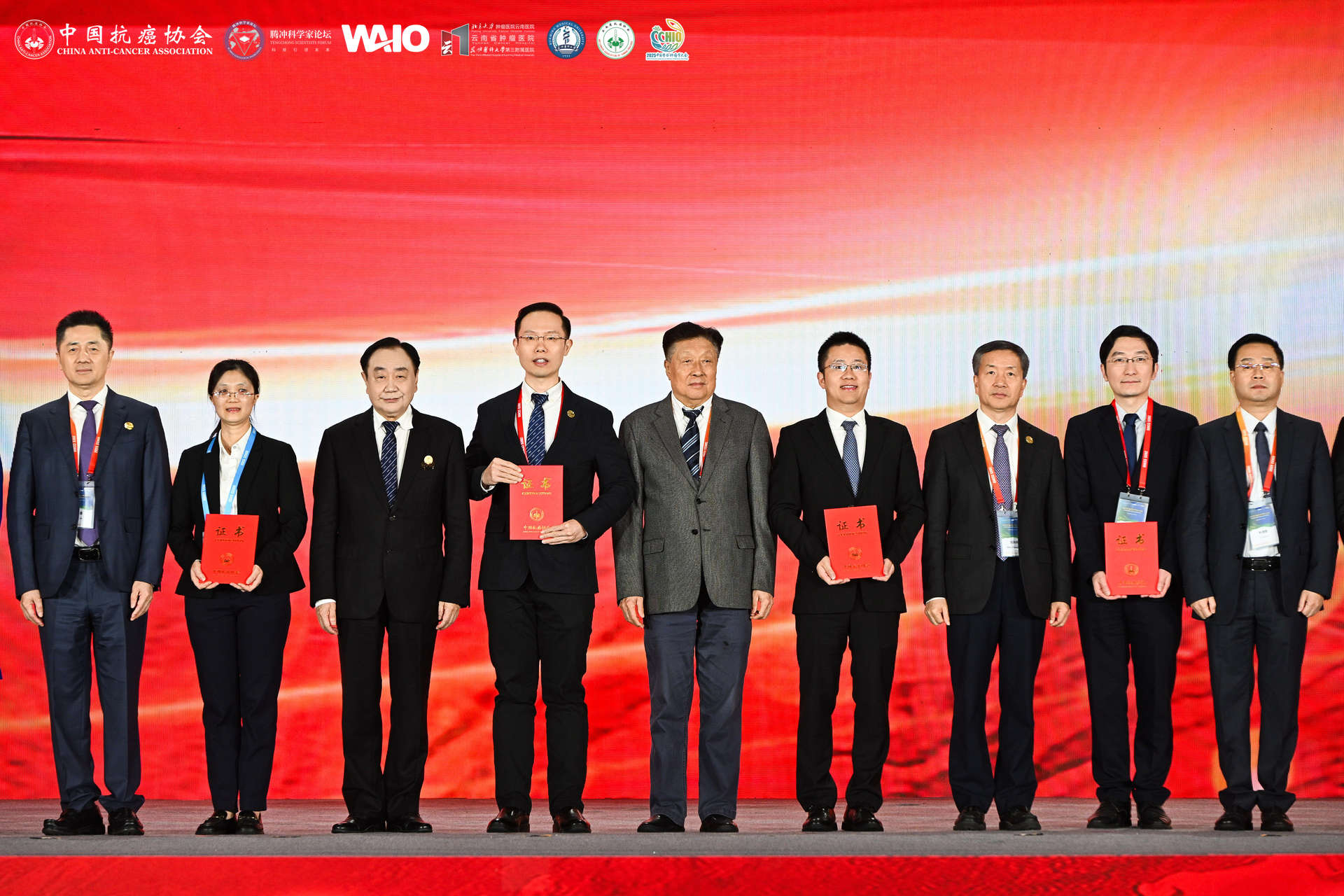Google confirms Gemini Deep Research can read Gmail and other data.
NurPhoto via Getty Images
Google’s Gmail service is, without doubt, the most used free email platform on the planet, with almost 2 billion daily users. Let that sink in for a…

Google confirms Gemini Deep Research can read Gmail and other data.
NurPhoto via Getty Images
Google’s Gmail service is, without doubt, the most used free email platform on the planet, with almost 2 billion daily users. Let that sink in for a…

Heading east, the rocket will surpass the speed of sound in a little over a minute. After soaring through the stratosphere, New Glenn will shut down its seven booster engines and shed its first stage a little more than 3…
Laurie Cunningham was honoured before the LaLiga matchday 12 fixtures between Rayo Vallecano and Real Madrid, played at the Estadio de Vallecas. The legendary English striker, who died on 15 July 1989 in a traffic accident, played for Real…

The Princess of Wales returned to a favorite label for the Remembrance Sunday morning, donning the same black Catherine Walker coatdress she wore to the solemn event three years ago.
This time, she added a flourish in the form of a lacy…

Avid stargazers will know that we’ve got a full moon coming up this week. Peaking on Wednesday, November 5, November’s full moon is traditionally called the “Beaver moon.” Its nickname nods to the fact that beavers hide out from the cold in late…

Arduboy consoles are beloved in maker, gamer, and engineer communities, but new model drops are pretty rare lately. That’s why fans should be really excited about the release of the new Arduboy FX-C. However, it is a limited edition that is…

The Flipper Zero is a kind of electronic multitool gadget and it has been ridiculously popular. So, it isn’t surprising that other brands have tried to replicate that success. None of them have pulled it off, but the upcoming Kode Dot may be…

The 2025 Chinese Congress on Holistic Integrative Oncology (CCHIO) was held from November 6 to 9, 2025, in Kunming, Yunnan Province, China, gathering international experts, clinicians, and researchers committed to advancing…

Anish Bhanwala kept India’s medal-winning streak at the ISSF World Championship Rifle/Pistol 2025 in Cairo, Egypt, going with a silver in the men’s 25m rapid fire pistol event on Sunday.
The 23-year-old Anish Bhanwala shot 28 out of 40 in the…